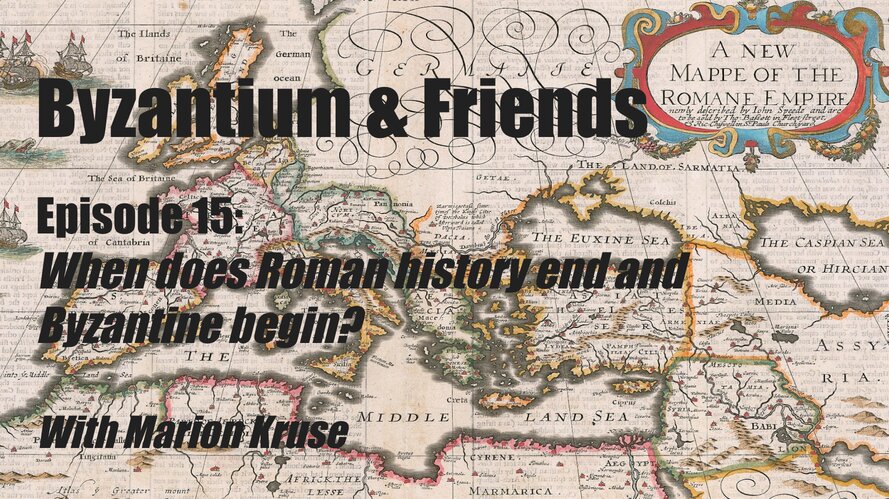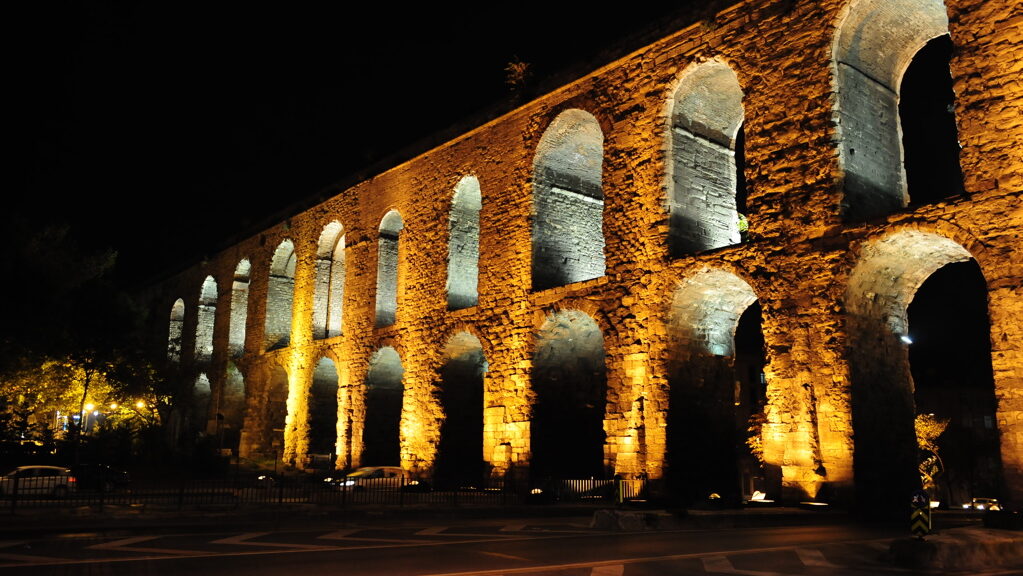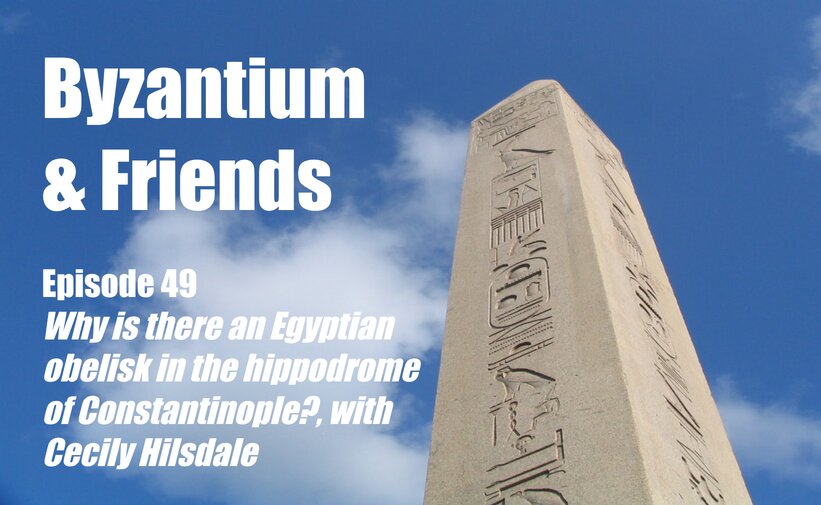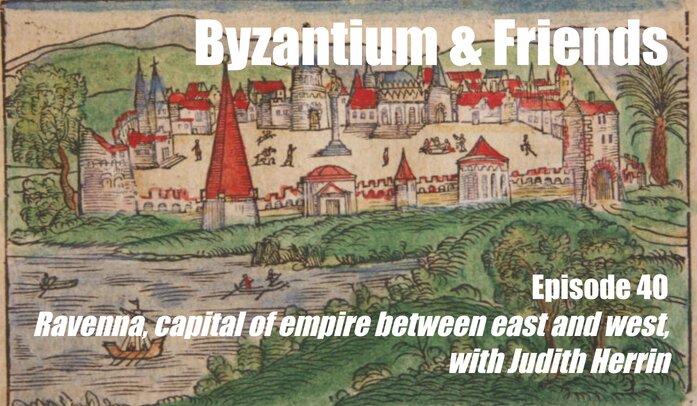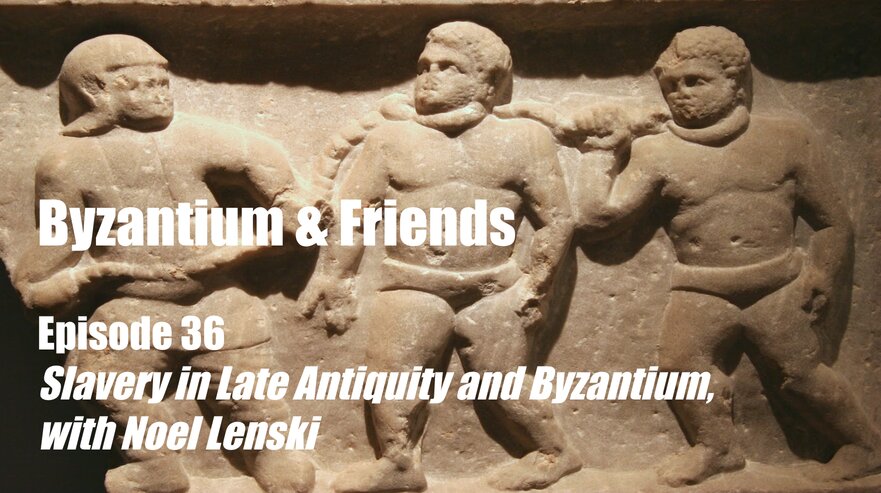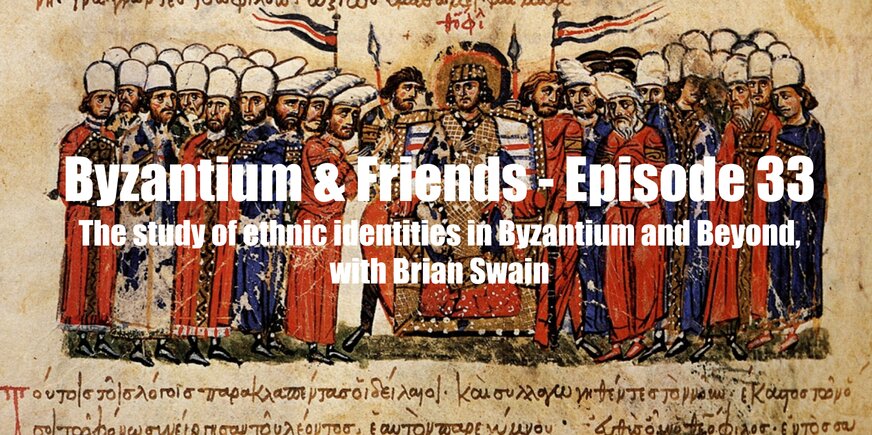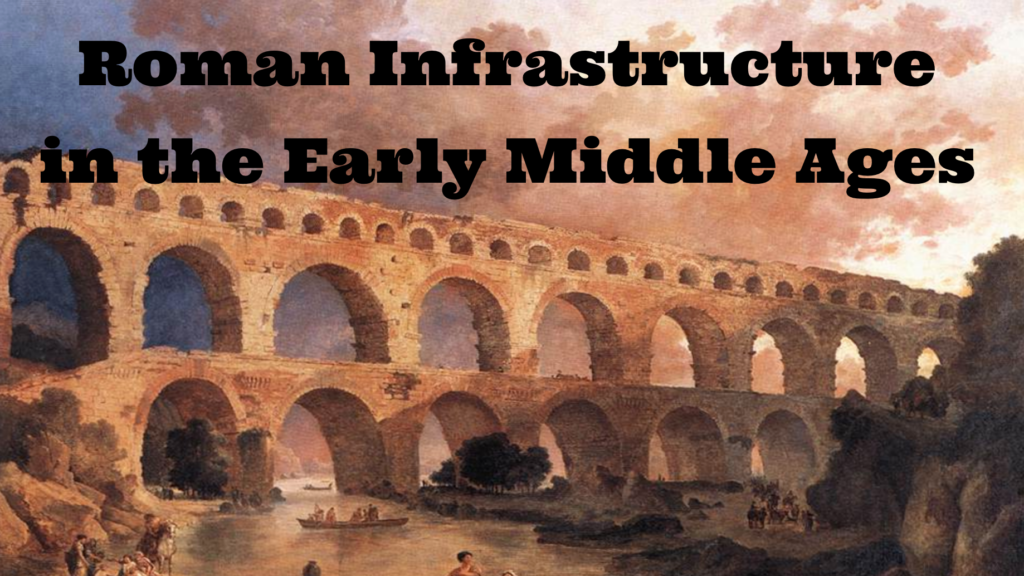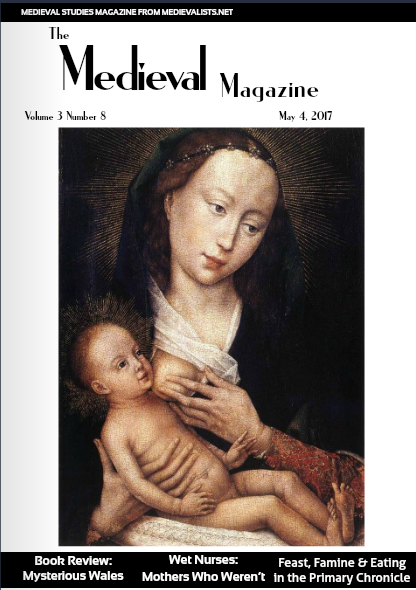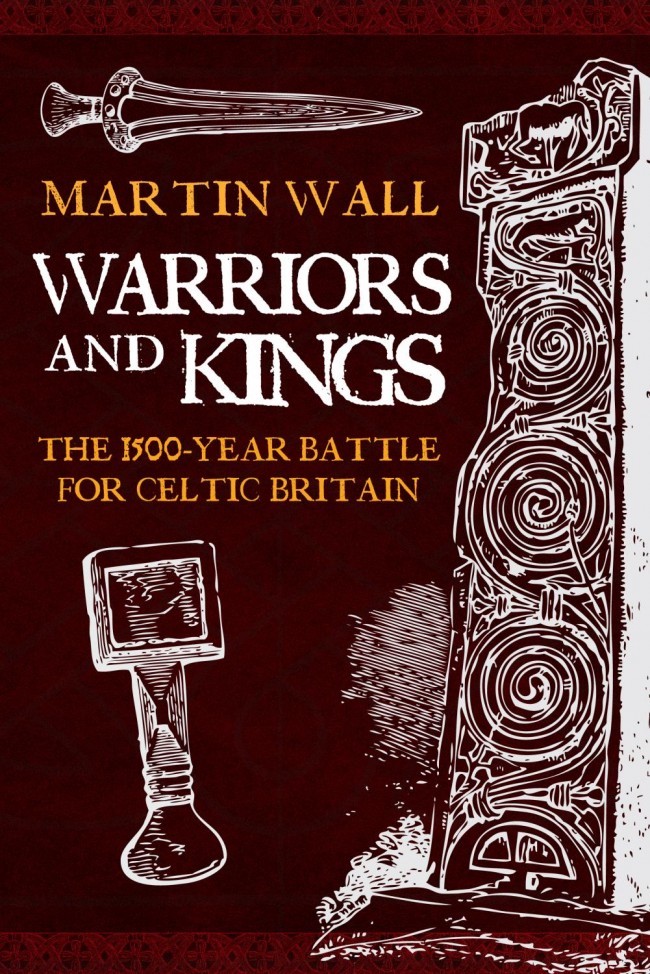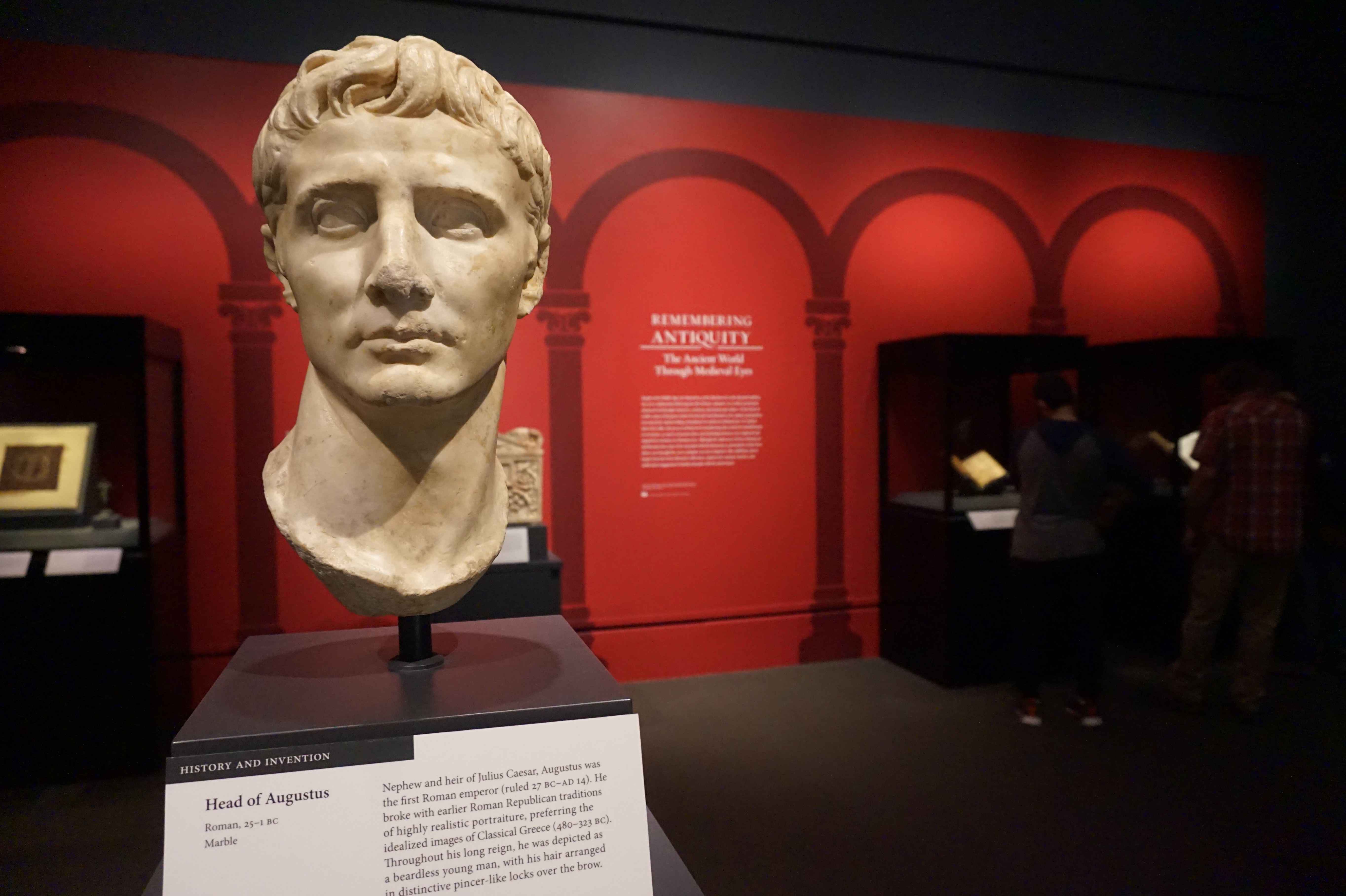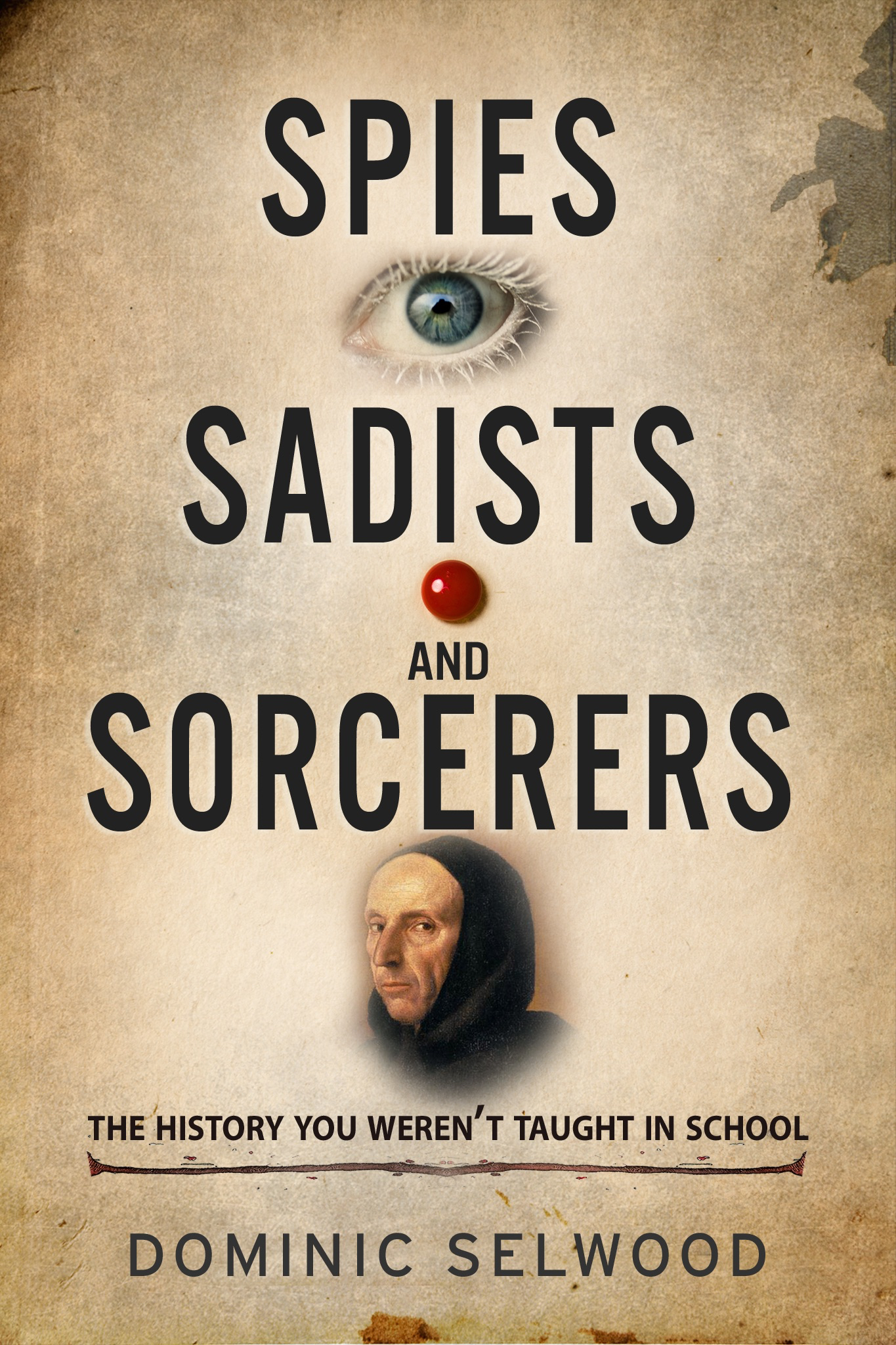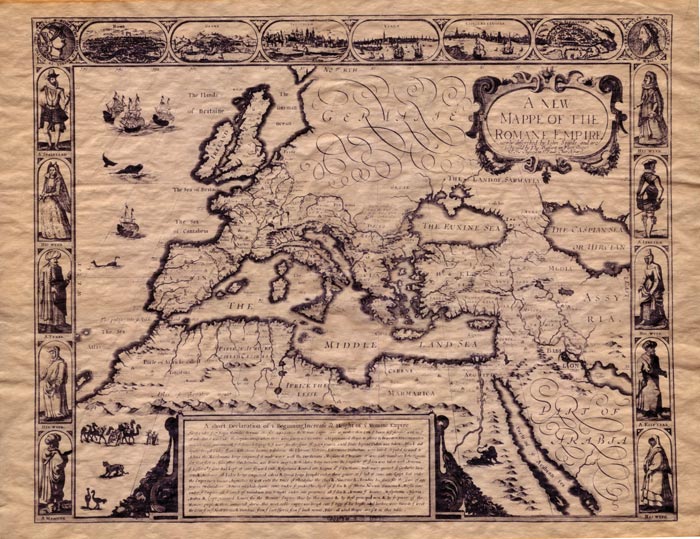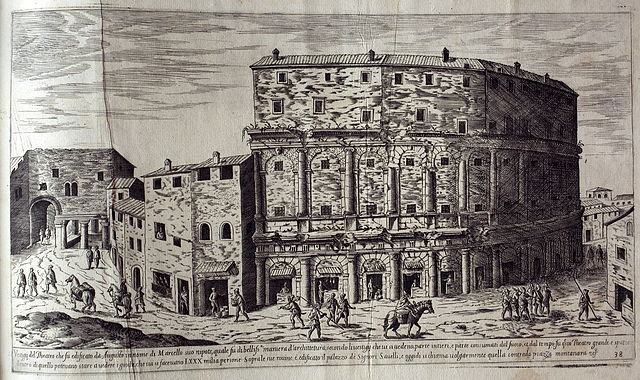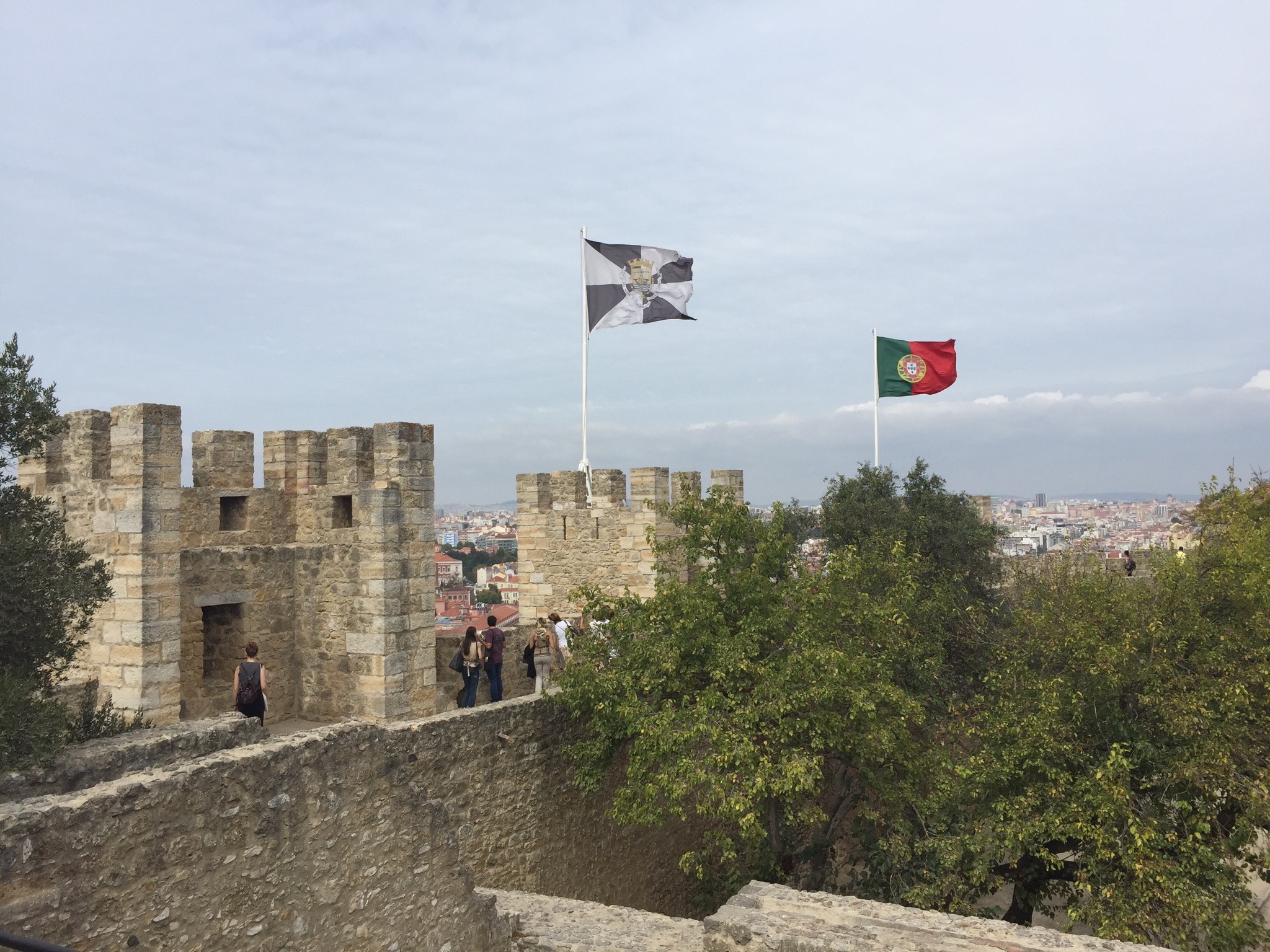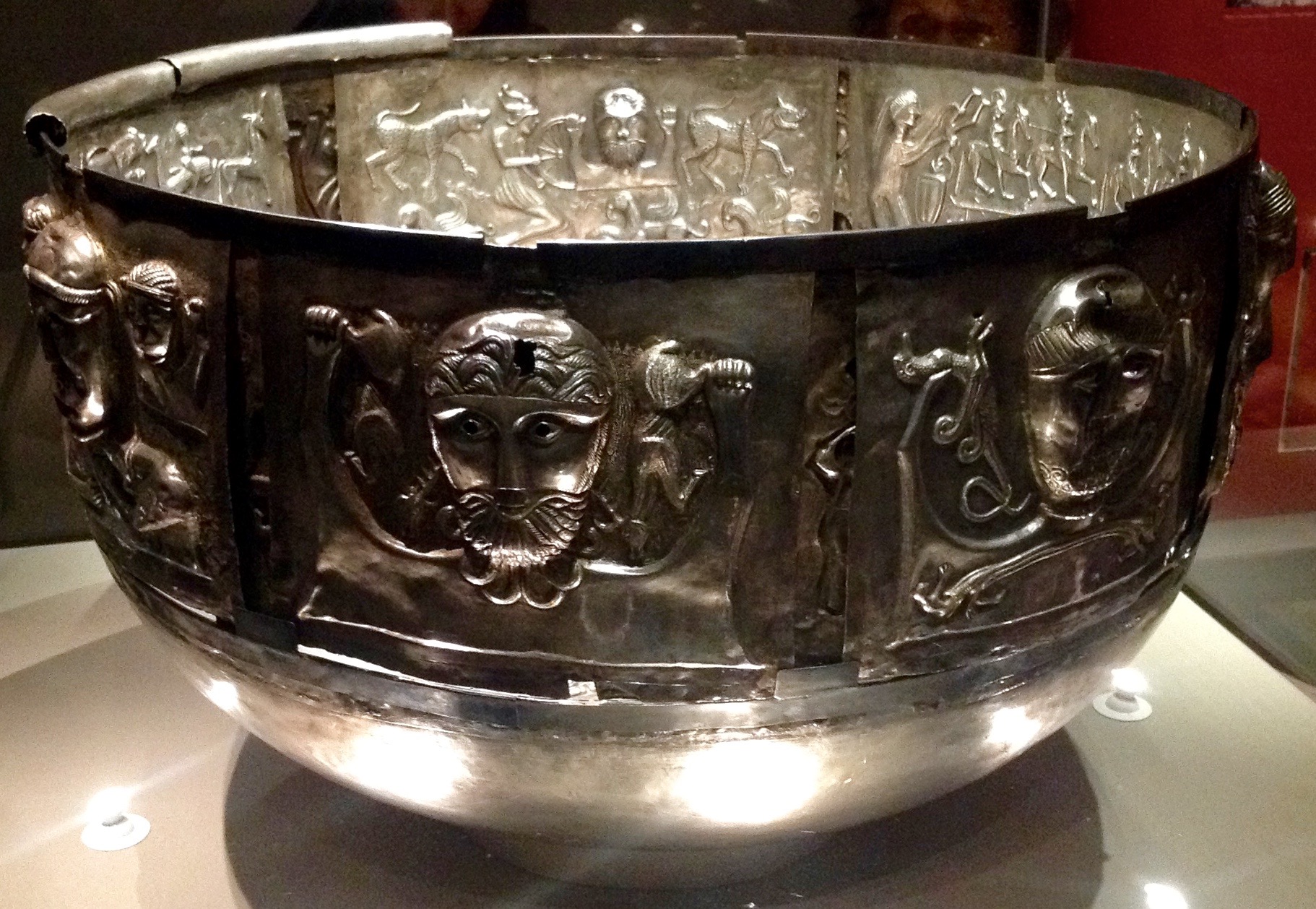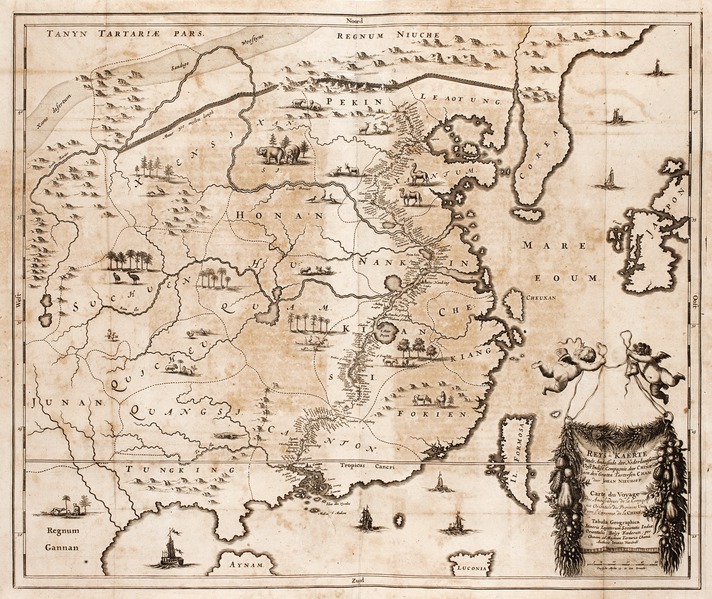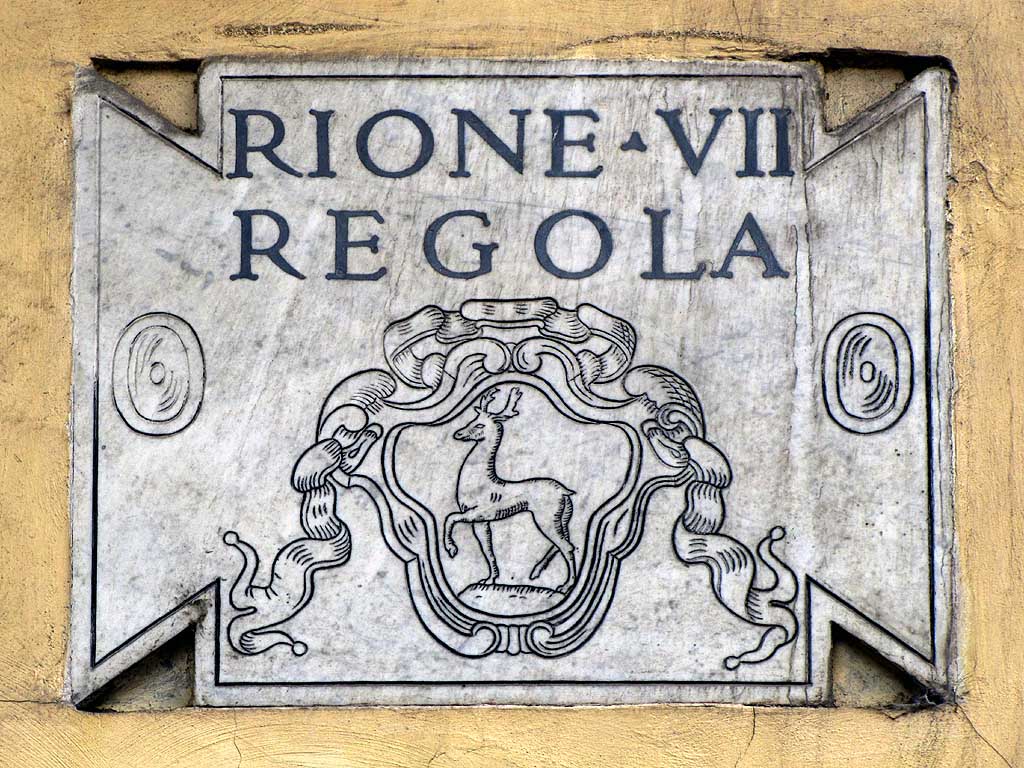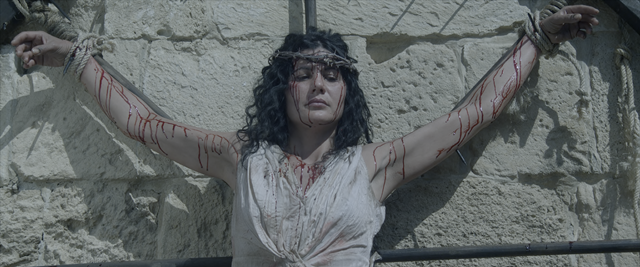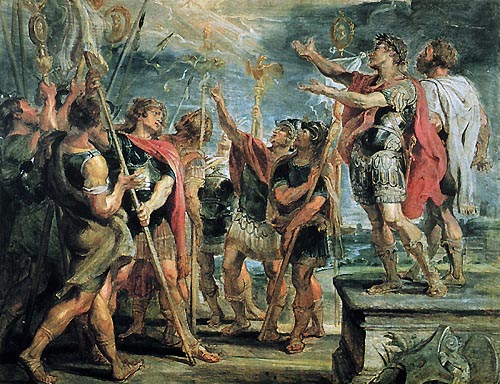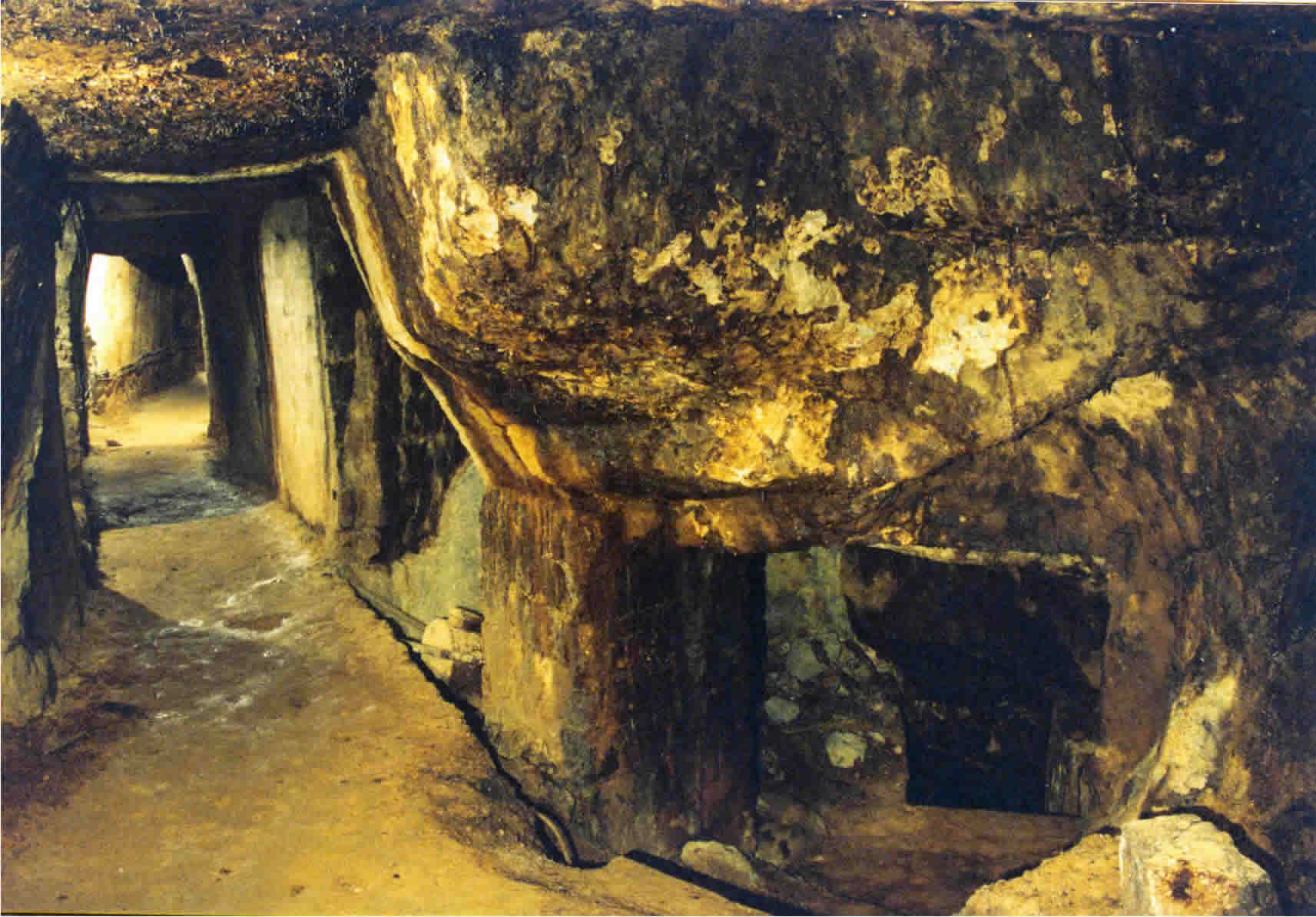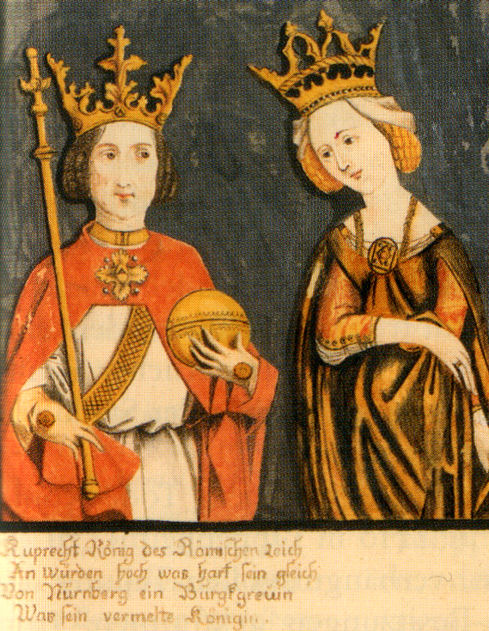When does Roman history end and Byzantine begin? with Marion Kruse
By what standards can anyone say that Roman history ends at some point and Byzantine history begins? Or is Byzantine history rather a phase of Roman history?
How a Byzantine aqueduct in Constantinople was maintained for 700 years
One of the great technological accomplishments of the ancient Romans was the aqueducts they built to bring water long distances. New research has revealed that an aqueduct built in fourth-century Constantinople would remain in operation for over 700 years.
Why is there an Egyptian obelisk in the hippodrome of Constantinople?, with Cecily Hilsdale
A conversation with Cecily Hilsdale about the history and ritual functions of Egyptian obelisks, from ancient Egypt down to Rome, Constantinople, and beyond.
Ravenna, capital of empire between east and west, with Judith Herrin
A conversation with Judith Herrin about the fascinating history of Ravenna between 400 and 800 AD.
Slavery in Late Antiquity and Byzantium, with Noel Lenski
A conversation with Noel Lenski on “slave societies” and how the institution of slavery changed in Late Antiquity and Byzantium. Were tasks performed by slaves in antiquity carried out by free people in Late Antiquity? What were the experiences of Byzantines who were themselves captured in raids and taken outside the empire?
The study of ethnic identities in Byzantium and beyond, with Brian Swain
This episode tackles listeners’ questions about Byzantine ethnic identities. How do groups within the Byzantine Empire change their identities? How are new identities born and old ones lost? How did the ancient Greeks become Romans and when did that become an ethnic identity? Where does genealogy and biology fit into all this? What happened to the Romans of the west? What did the Byzantines call their state and language? What does modern Romania have to do with Byzantine Romanía?
Environmental History and the Fall of Rome, with Kristina Sessa
Kristina Sessa discusses non-human causes of change – like climate and disease – that are being emphasized more than ever in the history of Late Antiquity and Early Byzantium.
Changing Landscapes: Roman Infrastructure in the Early Middle Ages
The Romans constructed buildings and infrastructure all over Europe. What was the fate of these sites in the Middle Ages?
First genetic history of Rome reveals migrations and diversity from ancient and medieval periods
The DNA analysis reveals that as the Roman Empire expanded around the Mediterranean Sea, immigrants from the Near East, Europe and North Africa pulled up their roots and moved to Rome.
How did so many Roman artifacts make it into the Viking Early Middle Ages?
This paper examines the evolution between the periods of antiquity, late-antiquity, and the early Middle Ages through archaeological findings.
The Medieval Magazine (Volume 3, Issue 8) : Mother’s Day Issue
In our latest issue: Celebrating Mother’s Day. Mothers Who Weren’t: Wet Nurses in the Late Medieval Mediterranean
Motherly advice from the ninth century, Sex in the Roman Empire: In Bed with the Romans! Feast, Famine, and Food in Medieval Russia, Books: A trip through Welsh past in Mysterious Wales and much, much more!
Book Excerpt: Warriors and Kings The 1500-Year Battle For Celtic Britain by Martin Wall
For those of you looking for something Celtic to read this spring, author Martin Wall brings us Warriors and Kings: The 1500-Year Battle for Celtic Britain.
Remembering Antiquity: The Ancient World Through Medieval Eyes
Exhibition at the J. Paul Getty Museum at the Getty Center January 25-May 28, 2017 This remarkable collaborative exhibit takes a head-on approach…
BOOK REVIEW: Spies, Sadists, and Sorcerers: The History You Weren’t Taught in School
A review of Dominic Selwood’s, ‘Spies, Sadists, and Sorcerers: The History you Weren’t Taught in School’
A Tale of too Many Romes: Competing Byzantine and Medieval Claims to Roman Legacy
Likewise in the Middle Ages, Rome’s legacy was contested among many powers and interested parties. The eastern (Byzantine) and western (German) emperors insisted that each was the sole legitimate owner of the title ‘Emperor of the Romans.’
Restauratio and Reuse: The Afterlife of Roman Ruins
As sustainability becomes ever more critical to the architectural profession, it is worth noting that the practice of recycling has a long history.
Medieval Lisbon: Castelo de São Jorge
Above Lisbon’s skyline of colourful tiled houses and red roofs lies Castelo de São Jorge, a dominating, but beautiful, 11th century fortress in the heart of this vibrant city…
Who Were The Celts? The British Museum Offers Answers with New Exhibition
The British Museum just opened its latest exhibit, Celts: Art and Identity this past Thursday, covering 2,500 years of Celtic history. The exhibit explores Celtic identity and how it eveolved from the time of the Ancient Greeks to the present through art, culture, daily life, religion and politics.
Hellenes and Romans in Ancient China (240 BC – 1398 AD)
In this article I have assembled elements from historical texts, archaeological discoveries and research from other scholars in order to establish the links between these civilizations.
Foundation Myths in Medieval and Renaissance Italy
The 3 papers featured here looked at the development of the civic identities of Florence, Genoa and Rome through art, architecture and foundation legends.
Paying the Army in the Theodosian Period
Calculating how much the army was paid during the Theodosian period is more difficult than calculating the army’s pay about a century earlier or later.
Katherine of Alexandria: Decline of an Empire
According to hagiographers, (C)Katherine was a princess, the daughter of Roman governor named Constus. She was well educated, beautiful and highly intelligent. She converted to Christianity at the age of 13 or 14 and caught the eye of the Roman Emperor, Maxentius (278-318 AD).
The conversion of Constantine and the Christianisation of Europe
Historians have argued for centuries – in the face of contradictory primary sources – both about when and how the Roman Emperor Constantine converted to Christianity, and the nature and extent of his faith.
Unexpected Evidence concerning Gold Mining in Early Byzantium
One of the consequences of the decline of Roman imperial might was the shortage of slaves at state-run mines. Consequently, criminals were often sentenced to damnatio ad metallum. The need for gold especially soared when the gold solidus was introduced at the beginning of the fourth century.
Rose without Thorn, Eagle without Feathers: Nation and Power in Late Medieval England and Germany
It is hard at times to take the Agincourt Carol entirely seriously. Patriotism of such brash exuberance seems more properly to belong in a brightly lit Laurence Olivier world of mid twentieth-century medievalism than amid the grim and tangled realities of fifteenth- century politics and war.
